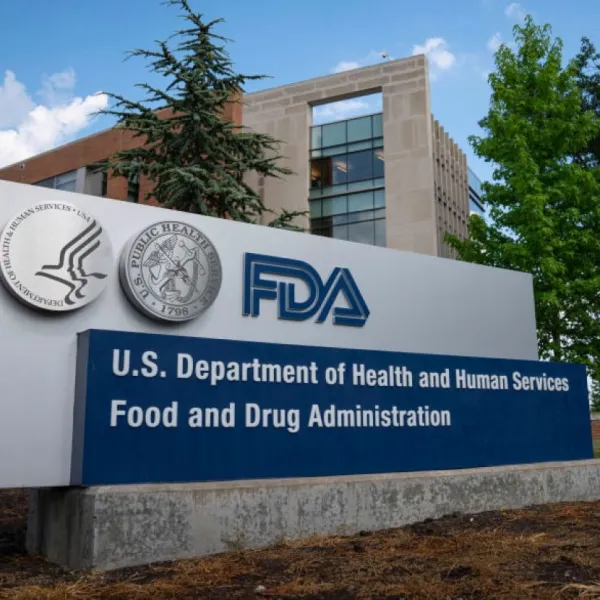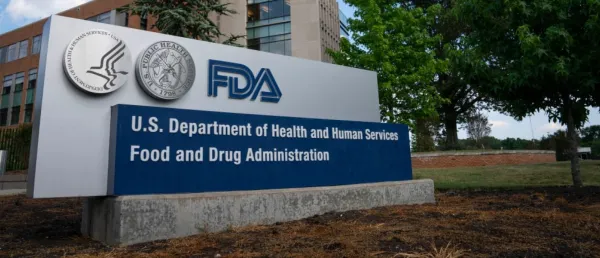IPC Releases Draft Pharmacovigilance Guidance Document to Strengthen Standard

To strengthen national pharmacovigilance measures, the IPC has invited comments and suggestions from Marketing Authorization Holders (MAHs).
The Indian Pharmacopoeia Commission (IPC) has stepped towards bolstering pharmacovigilance standards in India by releasing the Draft Pharmacovigilance Guidance Document for Pharmaceutical Products Version 2.0.
This move, aligned with the objectives of the Drugs and Cosmetics (D&C) Act, 1940 & Rules, 1945, and the New Drugs and Clinical Trials (NDCT) Rules 2019, aims to enhance drug safety across the pharmaceutical landscape.
The IPC has invited comments and suggestions from Marketing Authorization Holders (MAHs) on the draft document, marking a crucial phase in fortifying pharmacovigilance measures nationwide.
Streamline Safety Profile Submission
Prepared by the National Coordination Centre (NCC)-Pharmacovigilance Programme of India (PvPI), IPC, in collaboration with the Central Drugs Standard Control Organization (CDSCO), the guidance document seeks to streamline the submission of safety profiles of drugs by MAHs involved in manufacturing, sale, import, and distribution of pharmaceutical products in India.
It delineates the roles and responsibilities of various stakeholders, including CDSCO, State(s)/UT(s) Drugs Controller, NCC-PvPI, IPC, and MAHs, in key areas such as Pharmacovigilance System Master File preparation, Post-Marketing Surveillance, and Quality Management System (QMS) implementation.
The document clearly outlines the roles and responsibilities of different authorities, emphasizing CDSCO's role in receiving drug safety recommendations from PvPI for regulatory actions. Notably, the Licensing Authority oversees the licensing of manufacturing and sale/distribution of drugs, mandating MAHs to monitor adverse drug reactions and report them promptly. NCC-PvPI, within IPC, is pivotal in coordinating pharmacovigilance activities and collaborating with national and international stakeholders to ensure effective ADR monitoring and reporting.
Parallel Developments in the Pharmaceutical Sector
In a parallel development, the Parliamentary Standing Committee on Commerce has proposed revisions to key schemes to bolster India's pharmaceutical sector. The committee's recommendations, outlined in its 187th report, aim to maximize exports and minimize imports to enhance the country's pharmaceutical space. Emphasizing the importance of diversifying export markets for sustained growth, the committee highlighted the significant contribution of pharmaceutical exports to regions such as NAFTA, Europe, and Africa during the 2022-23 period.
Additionally, the Central Drugs Standard Control Organization (CDSCO) has unveiled comprehensive regulatory guidelines for enhancing drug quality surveillance across India. These guidelines seek to standardize sampling procedures and address existing challenges in drug quality surveillance by adopting a systematic approach.
One of the primary objectives of the regulatory guidelines is to leverage available information and identified risks to guide the selection of samples across various settings. The regulatory body aims to ensure a comprehensive product quality assessment and promote consumer safety by covering various drugs, cosmetics, and medical devices.
The release of the Draft Pharmacovigilance Guidance Document for Pharmaceutical Products Version 2.0 by the Indian Pharmacopoeia Commission marks a crucial step in advancing drug safety standards across India's pharmaceutical sector.
With the involvement of various stakeholders and the solicitation of feedback from MAHs, this initiative reflects a concerted effort towards strengthening pharmacovigilance measures and safeguarding public health.
Stay tuned for more such updates on Digital Health News





























